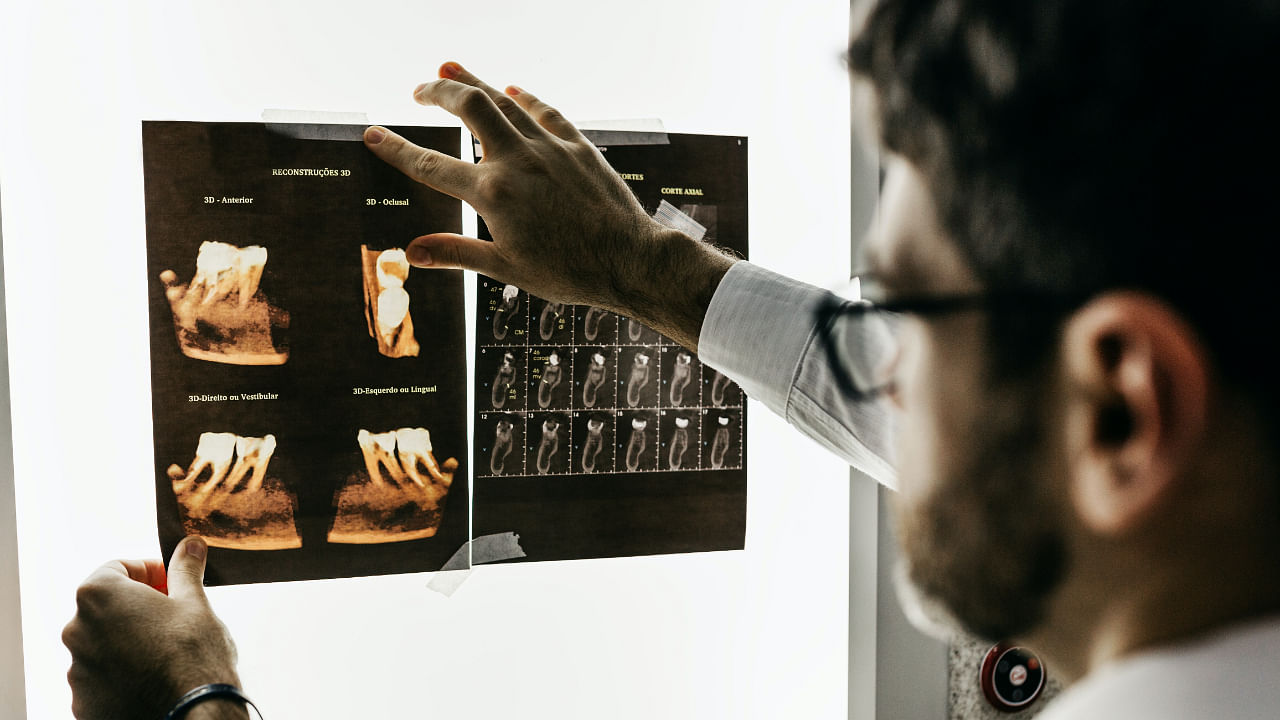
India is increasingly using imaging — X-rays, CT scans and MRI — in disease diagnosis, but has too few radiologists to read the images.
An MoU signed by the Indian Institute of Science (IISc) and the Indian Council for Medical Research (ICMR) seeks to bridge this gap.
The organisations will collaborate to develop ‘gold standard’ datasets that represent the Indian population.
Researchers can use these datasets to develop AI algorithms that can read images and give accurate diagnoses. The agreement was signed on September 16.
“International studies have shown that AI algorithms are on a par or even better than expert radiologists in diagnosis. So machines can be trained to do this, but this requires good datasets,” says Raghu Dharmaraju of ARTPARK, a non-profit promoted by IISc that is coordinating and managing the programme.
Currently, a few startups in India do use AI for diagnosis, but the datasets they use are too small or are taken from other countries. “The imaging datasets we use should represent Indian population’s diversity,” says Dharmaraju.
Hence the initiative will collect data from institutions across the country in the ‘hub and spoke’ model. Hub institutions, like AIIMS Delhi, are those with expertise in specific diseases.
A panel of experts, including those from hub institutions, will develop and fine-tune the dataset requirements for each disease.
The spoke institutions will then upload data to meet those requirements.
Imaging datasets have to be created for each disease, and the plan is to start with oral cancer, according to IISc director Govindan Rangarajan. “There is possibility of expansion to esophageal cancer, TB, and cervical cancer,” he says.
ICMR scientist Dr Harpreet Singh believes the applications hold immense potential. “AI algorithms can differentiate between X-rays of those with and without TB, for example. They could help predict oral and cervical cancer, which are prominent causes of death in India. AI algorithms are not going to replace doctors, but will give them additional evidence to take decisions,” he says.
Datasets can also help evaluate the accuracy of the AI algorithms existing in the market. “Then we can probably tell whether a software program that shows accuracy for US datasets is accurate for India also,” he says.
Dharmaraju of ARTPARK says AI algorithms would be useful in various settings.
“Small towns may have X-ray or even CT equipment, but the radiologists may not have as much training as experts at AIIMS,” he explains.
So images from these settings can be uploaded and sent to teleradiology firms or researchers, who can use AI algorithms to help make quick diagnosis. This would be helpful in emergencies like stroke. Dharmaraju adds in countries like the US and Singapore, teleradiology companies provide services to even large hospitals, given the volume of images to be diagnosed.
In addition to radiology images, AI algorithms may also be used with mobile phone images to screen for leprosy and cataract. The list of diseases and hubs under the project is being prepared now, and is likely to be finalised by Dec.